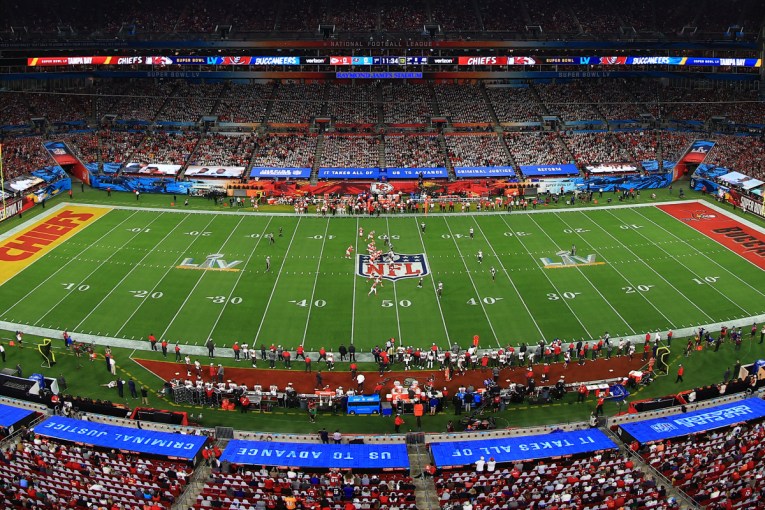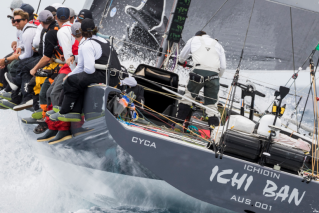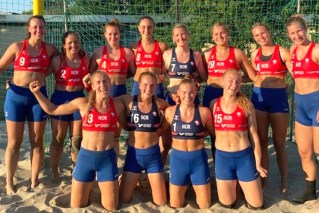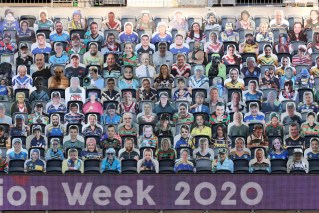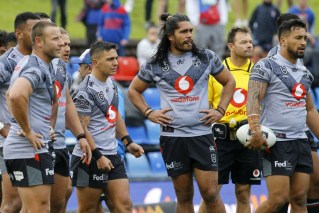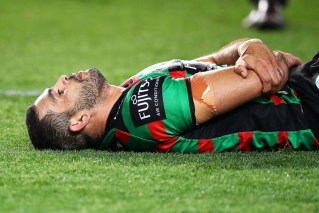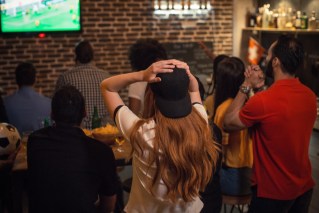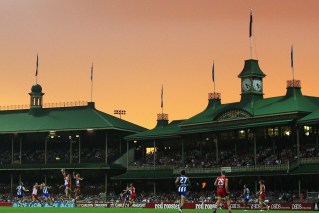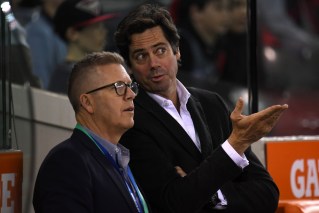Football hits ‘worse than facing Muhammad Ali’
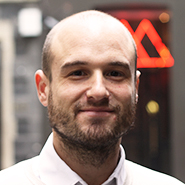
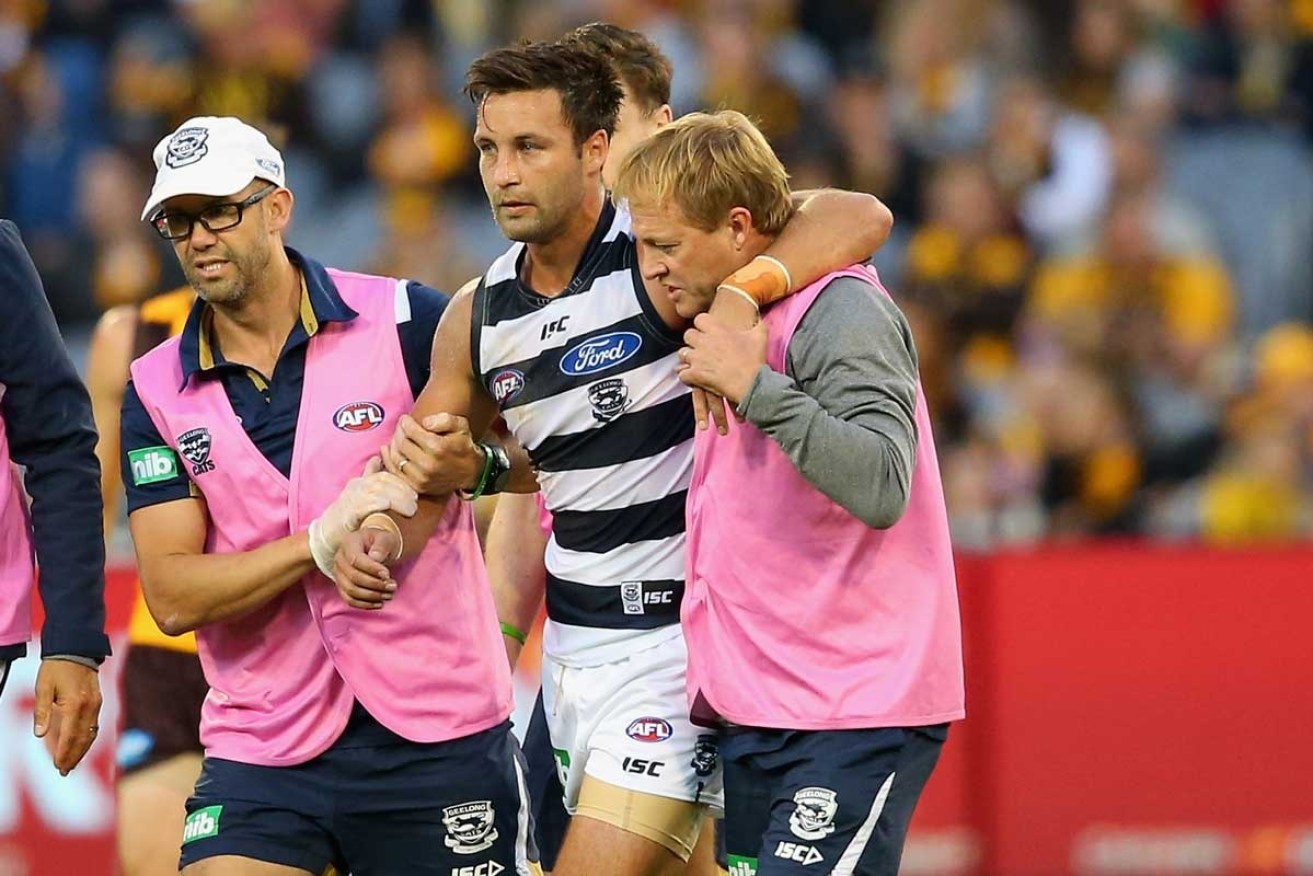
Footballers are slammed with forces three times the intensity of a punch from Muhammad Ali and suffer the sort of G-forces that fighter pilots endure 55 times a game, new research has shown.
With concussion rising as a major health issue in contact sports, Dr Adrian Cohen, managing director of Necksafe and a sports concussion researcher, said the impacts on players’ brains can be severe even if it does not result in concussion, and he questioned the adequacy of tests which assess whether a player is fit to compete.
Dr Cohen said players were learning to give correct answers to standard sideline concussion tests so they could stay in the game.
• Brown urges Riewoldt to weigh up future
• Ziebell needs to look after himself: Scott
• Former NHL player donates brain to science
“We well know and recognise that players are now being coached, or learning by talking to their colleagues about fudging these results because it’s important to get back on the field,” he said.
Dr Cohen is trialling impact sensors on rugby union players to give objective evidence to aid sideline decisions on how much force has hit a player.
And the time which players rest after concussion is also contentious, as the codes do not mandate a minimum break from the game, despite evidence that says 10 days is the minimum.
“Typically the brain function returns to normal after a concussion episode after 10 to 11 days,” Dr Cohen said.

Nick Riewoldt lies unconscious on the field after a collision. Photo: AAP
After the sickening head clash that dropped St Kilda’s Nick Riewoldt last weekend, the spotlight has moved to club officials and how they deal with recovery from concussion.
Riewoldt ran full-speed into Adelaide’s Brodie Smith, which resulted in a head impact that left the Saint concussed.
He will sit out this weekend’s game to recover, in line with medical staff recommendations.
But the AFL’s medical director Peter Harcourt said the code wouldn’t enforce a rest period for concussed players.
Speaking about the crunching head impact on Geelong player Jimmy Bartel earlier in the season, Mr Harcourt said: “We don’t actively get involved in return-to-play decisions with difficult concussion cases.”
The AFL’s key document, the mental health framework, aims to “promote the importance of mental health and wellbeing of those within the AFL industry”, yet does not mention the word “concussion”.
Concussions can lead to depression as well as other ongoing brain injuries like mood disorders and memory problems.
Another key document from the AFL lists ways that people develop mental illness, but doesn’t mention concussion at all.
This is despite the National Rugby League’s acknowledgment, as it strengthened its rules on return-to-play decisions in April, that concussion can lead to ongoing mental problems like loss of consciousness, seizures, memory impairment and balance disturbance.
The codes treat concussion differently, but fears that players will put their on-field life ahead of their future health are being countered with objective evidence.
Impact sensors

Players are usually not allowed back on-field after a concussion but for how long?
Rugby union players are beginning to wear sensors to monitor impacts that may lead to concussions.
Dr Cohen said it would counter players who have learned to respond to concussion tests in order to pass and get back on the field even if they still have symptoms.
A tri-axial motion detector on a 10-cent-piece-sized chip reports back to club officials the intensity of the hits players’ heads suffer in G-forces and rotational forces.
Rugby players suffer impacts three times as strong as being on the receiving end of a Muhammad Ali punch, said Dr Cohen.
“We have measured impacts up to 180 G’s,” he said. “Muhammad Ali’s punches (have the intensity of) 60 G’s.”
But he said during a normal game players suffer the sort of G-forces that fighter pilots deal with, or about 10 G’s.
He said players could be hit with 10 G-force impacts 55 times every game, pointing to research from Dr Doug King, a New Zealand-based sports health academic.
But the trial has been cautiously received as the data collected may provide evidence in sports judiciaries, said Nick Ryan, Randwick Rugby Club director of rugby.
“There is no doubt the clarity we will get off that data will impact upon judicial decisions,” he told the ABC.

Dr Adrian Cohen.
“At the moment it’s at a welfare level but there is no doubt this will seep into performance both on and off the field, making decisions for the game.”
Others are concerned the data could be used in personal injury court cases.
In the United States, 5000 footballers won compensation for accumulated damage to their brains from concussion.
The settlement, which is to compensate for past and future injuries sustained during play, amounts to $US1 billion and allowed the National Football League to avoid acknowledging a link between concussion and neurological disease.
Randwick is the first Australian team to monitor the effects of head impacts on its players, the ABC reported.
The NRL said through a spokesman that it will assess the findings of the trial but has no plans to begin one of its own.
